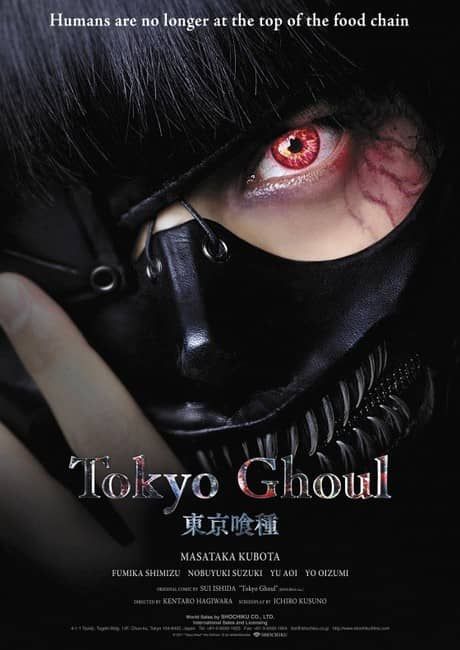Kagune
General Info

| Item Name | Kagune |
|---|
Overview
The kagune's form, power, and number of manifestations are highly dependent on the ghoul's rating and Rc type, which corresponds to one of four unique types, namely Ukaku, Koukaku, Rinkaku, and Bikaku. Ukaku Kagune sprouts from the shoulders and has a crystalline texture. Its bearers are fast and adept at long range combat. Opening from behind, Koukaku Kagune feature a dense form that specializes in defensive strategies.
Rinkaku Kagune, which has high attack power and regenerative power, sprouts from its lower back and usually takes the form of flexible tentacles. Finally, the full Bikaku Kagune, made of coccyx, excels both offensively and defensively, making it the most balanced type.
Always unpredictable, Kagune can fuse, evolve, and even manipulate his form and that of high concentrations of Rc cells. All this is another proof of the enormous power and versatility of these predatory organs. Kagune was at the core of Tokyo Ghoul's tense story, shaping the character's backstories, twists, and high-profile battles.
Creation and Development
The transforming nature of Kagune lies in the RC (Red Child) cells that make them up. Interestingly, these cells belong to neither the human nor the ghost, both the predator and the prey of the Tokyo Ghost cosmology. This dual identity of RC cells is the essence that embodies the existential struggle and survival tactics shared by ghosts and humans in general. Kagune exhibits four predominant types: Rinkaku, Koukaku, Ukaku, and Bikaku, each with unique characteristics that reflect the ghoul's personality. Each kagune's creation process varies depending on the individual ghoul type and adaptation. Mutation also depends on the ghoul's inherent physicality and emotional states.
When it comes to functionality, Kagune cuts the edge for humans. This unusual organ creates an even battlefield, giving ghosts a chance to survive with an element of bitter surprise in every fight. It is their defense mechanism, a survival tool and a manifestation of their pure will to live.
Extreme emotions such as stress and despair can push a ghoul's kagune to new levels of evolution. Due to the evolving nature of the kagune, each ghost becomes an ever-unpredictable and powerful being. It portrays evolution as a key aspect of survival, linking it to the story's overarching theme of the relentless struggle for survival in a hostile world.
In essence, Kagune is the embodiment of both beauty and horror, a paradox that reflects the intertwined existence of ghouls and humans. Its strong symbolism and multiple manifestations make it a vital component of the narrative, emphasizing the deep and enduring interdependence and simmering, looming conflict between the ghost and human communities.
Cultural Impact
In addition, Kagune sparked interest in physiological fantasy and body transformation, contributing to the growth of these genres in anime and manga culture. It has been used in academic debates to explore the themes of identity transformation and monstrous self-acceptance. This allowed for a deeper philosophical interpretation of the Tokyo Ghoul series, demonstrating its impact beyond entertainment.
The Kagune concept also permeated psychological debates within the fandom. It encouraged character analysis and speculation, encouraging active engagement with the series' themes of survival, evolution, and self-discovery.
As such, Kagune's cultural influence spans from creative fan expressions to intellectual discourse, suggesting the deep and wide impact of this element of the Tokyo Ghoul universe.
